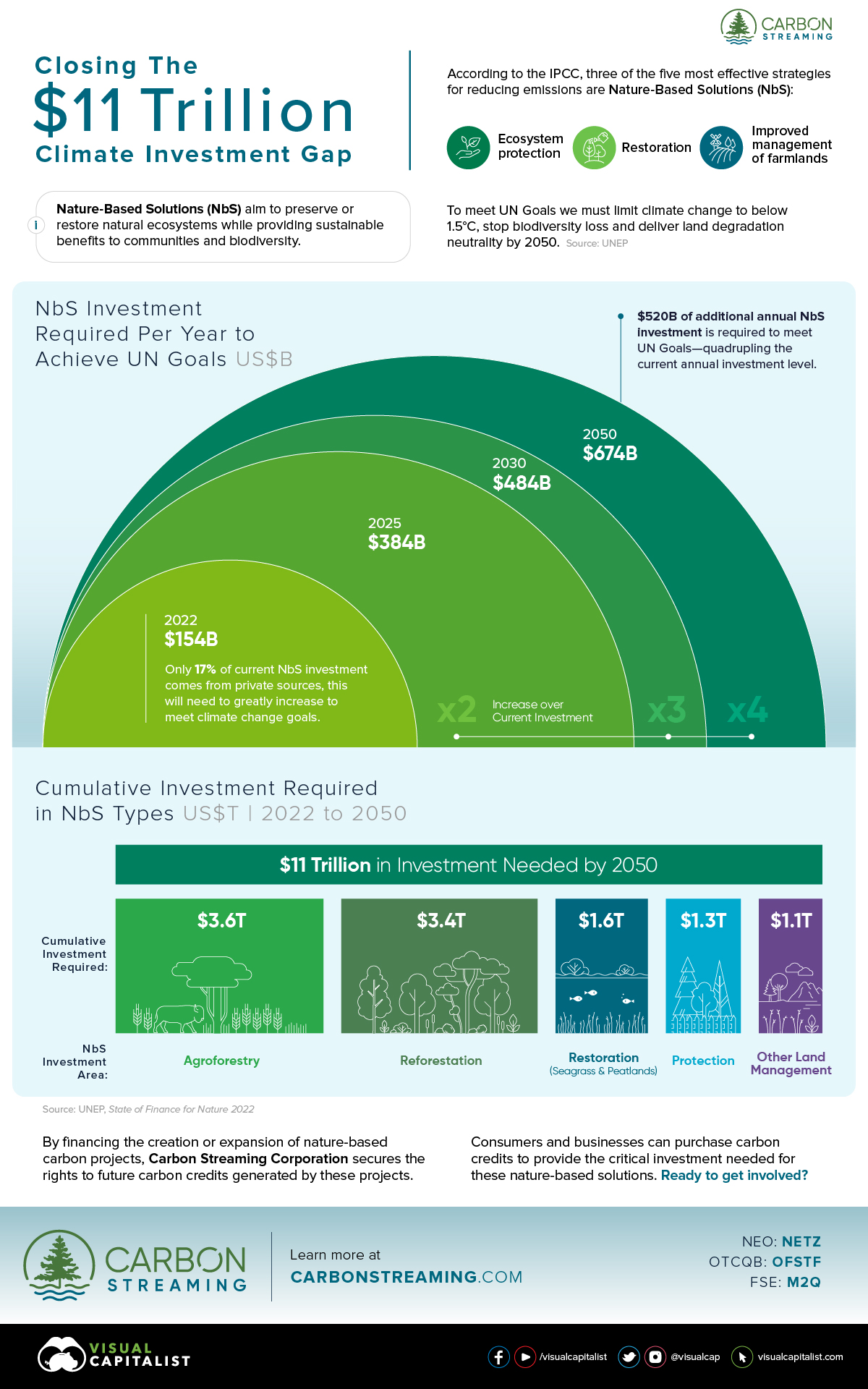
Written By Alan Kennedy
Published June 5, 2023
•
Updated June 4, 2023
•
The following content is sponsored by Carbon Streaming Corporation
Can We Close the $11 Trillion Climate Investment Gap?
Nature-based Solutions (NbS) include actions to preserve or restore natural ecosystems to address social, economic, and environmental challenges effectively, while simultaneously providing benefits to the community.
To achieve its goal of limiting climate change to below 1.5°C by 2050, the UN says that substantial investment in NbS needs to happen. The same investments will also help stop biodiversity loss and deliver land degradation neutrality.
This visualization, sponsored by Carbon Streaming Corporation, explores the investment requirements for various NbS sectors and highlights the critical role of protecting many ecosystems in achieving climate targets.
The Crucial Role of Ecosystem Protection
Terrestrial and marine ecosystems are invaluable when it comes to addressing climate change. They act as natural carbon sinks, effectively absorbing and storing approximately 40% of global carbon emissions.
More specifically, the conservation and restoration of forests, wetlands, grasslands, coastal areas, seagrass, and peatlands is essential to keeping greenhouse gas emissions out of the atmosphere.
But to effectively combat climate change, the estimated cumulative investment required in nature-based solutions between 2022 and 2050 is $11 trillion.
| NbS Investment Area | Cumulative Investment Required 2022-2050 (US$ Trillion) |
|---|---|
| Agroforestry | $3.6 Trillion |
| Reforestation | $3.4 Trillion |
| Restoration (Seagrass & Peatlands) | $1.6 Trillion |
| Protection | $1.3 Trillion |
| Other Land Management | $1.1 Trillion |
This investment will drive large-scale restoration, conservation efforts, sustainable land-use practices, and ecosystem protection.
A Closer Look at the Investment Gap
Currently, only 17% of NbS investment comes from private sources. However, the annual investment needs to increase fourfold by 2050, which amounts to $520 billion of additional annual NbS investment.
| Year | NbS Investment Required ($B per year) | Increase from 2022 |
|---|---|---|
| 2022 | $154B | - |
| 2025 | $384B | x2 |
| 2030 | $484B | x3 |
| 2050 | $674B | x4 |
Collaboration between governments, the private sector, and international organizations is critical to mobilize resources, establish innovative financing mechanisms, and incentivize investments.
Benefits of NbS
Capital allocated to nature-based solutions not only helps combat climate change but also delivers a plethora of other benefits. For example, these solutions promote biodiversity conservation, enhance ecosystem services, support local communities, and foster sustainable development.
Investment in this space is crucial to meeting the UN’s 2050 goals. By financing the creation or expansion of nature-based carbon projects, our sponsor, Carbon Streaming Corporation secures the rights to future carbon credits generated by these projects.
Consumers and businesses can purchase these carbon credits to provide the necessary capital and immediate action needed to effectively combat climate change.
Learn more about Carbon Streaming and how you can get involved now.

Please enable JavaScript in your browser to complete this form.Subscribe to our free newsletter and get your mind blown on a daily basis: *Sign up
Related Topics: #nature based solutions #Carbon Streaming #policymakers #investment #united nations #government #climate change #ecosystem
Click for Comments
var disqus_shortname = "visualcapitalist.disqus.com";
var disqus_title = "Can We Close the $11 Trillion Climate Investment Gap?";
var disqus_url = "https://www.visualcapitalist.com/sp/closing-eleven-trillion-climate-gap/";
var disqus_identifier = "visualcapitalist.disqus.com-158431";
You may also like
-
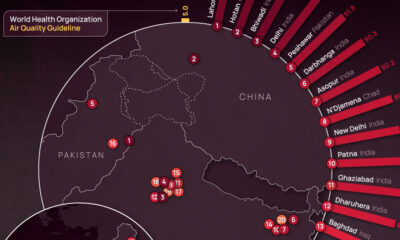
Green1 day ago
Ranked: The 20 Most Air-Polluted Cities on Earth
Using 2022 average PM2.5 concentrations, we’ve ranked the most polluted cities in the world according to IQAir.
-
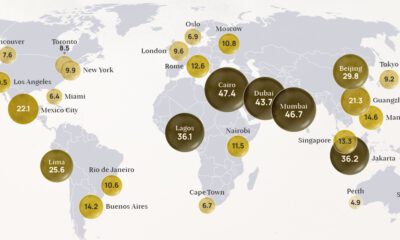
Green2 months ago
Mapped: Air Pollution Levels Around the World in 2022
Exploring 2022 average air pollution levels around the world by PM2.5 concentration.
-
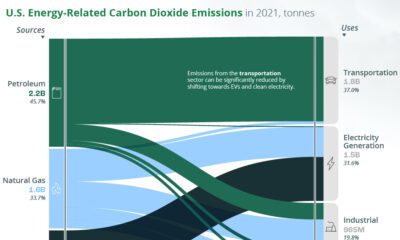
Environment2 months ago
Visualizing the Flow of Energy-Related CO2 Emissions in the U.S.
A look at the flow of energy-related CO2 emissions from the sources that generate energy to the sectors that use it.
-

Green4 months ago
Chart: Automakers’ Adoption of Fuel-Saving Technologies
See how 14 major automakers have adopted various fuel-saving technologies in this infographic based on EPA data.
-
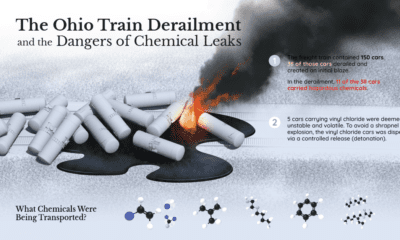
Green4 months ago
Explainer: What to Know About the Ohio Train Derailment
A train transporting a number of potentially dangerous chemicals derailed near the Ohio–Pennsylvania border. This infographic explains what happened
-

Plant-based alternatives4 months ago
Infographic: 11 Tech Trends to Watch in 2023
This infographic highlights eleven exciting areas within the world of technology worth keeping an eye on in 2023.
Subscribe
Please enable JavaScript in your browser to complete this form.Join the 380,000+ subscribers who receive our daily email *Sign Up
The post Can We Close the $11 Trillion Climate Investment Gap? appeared first on Visual Capitalist.